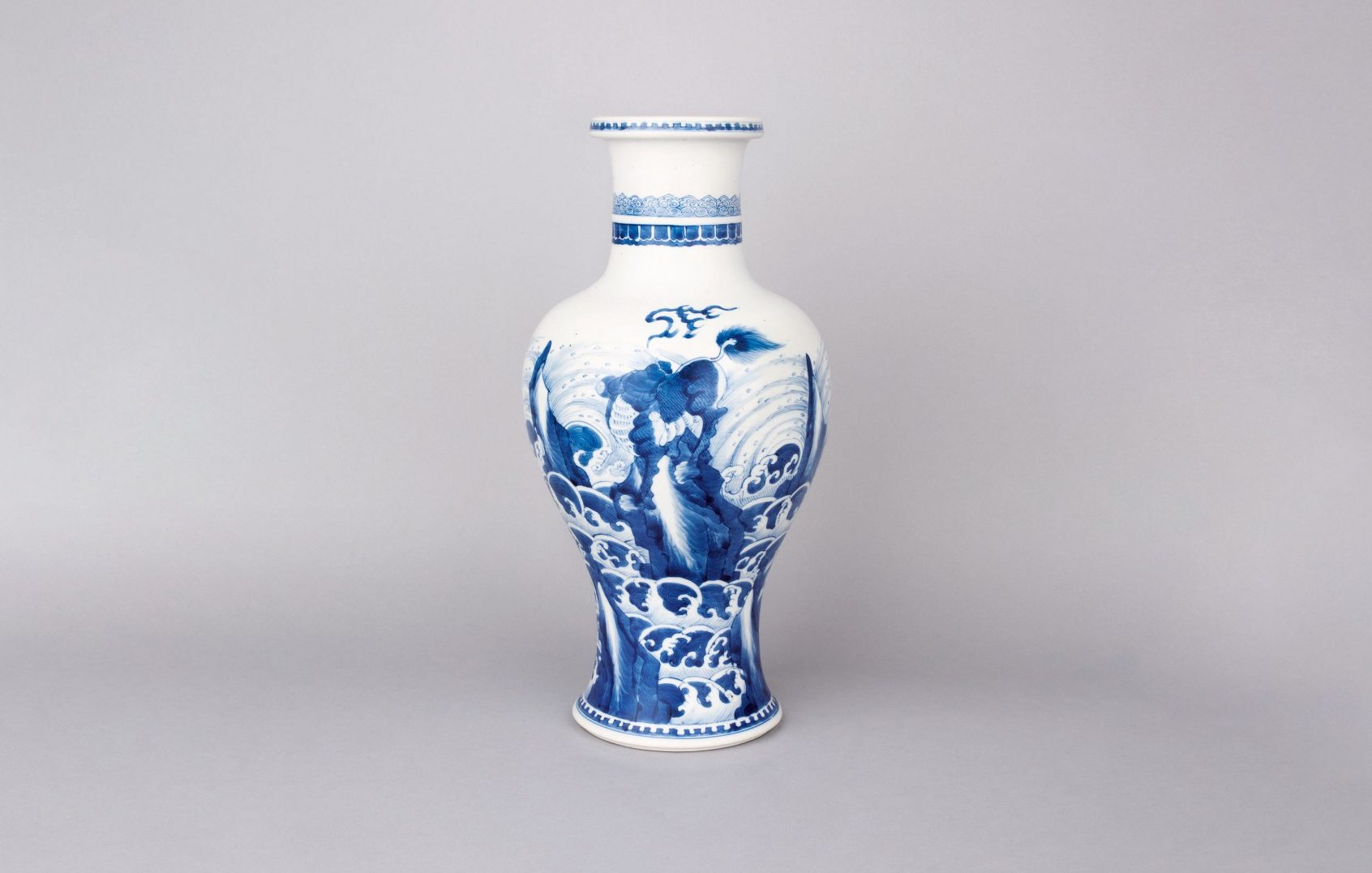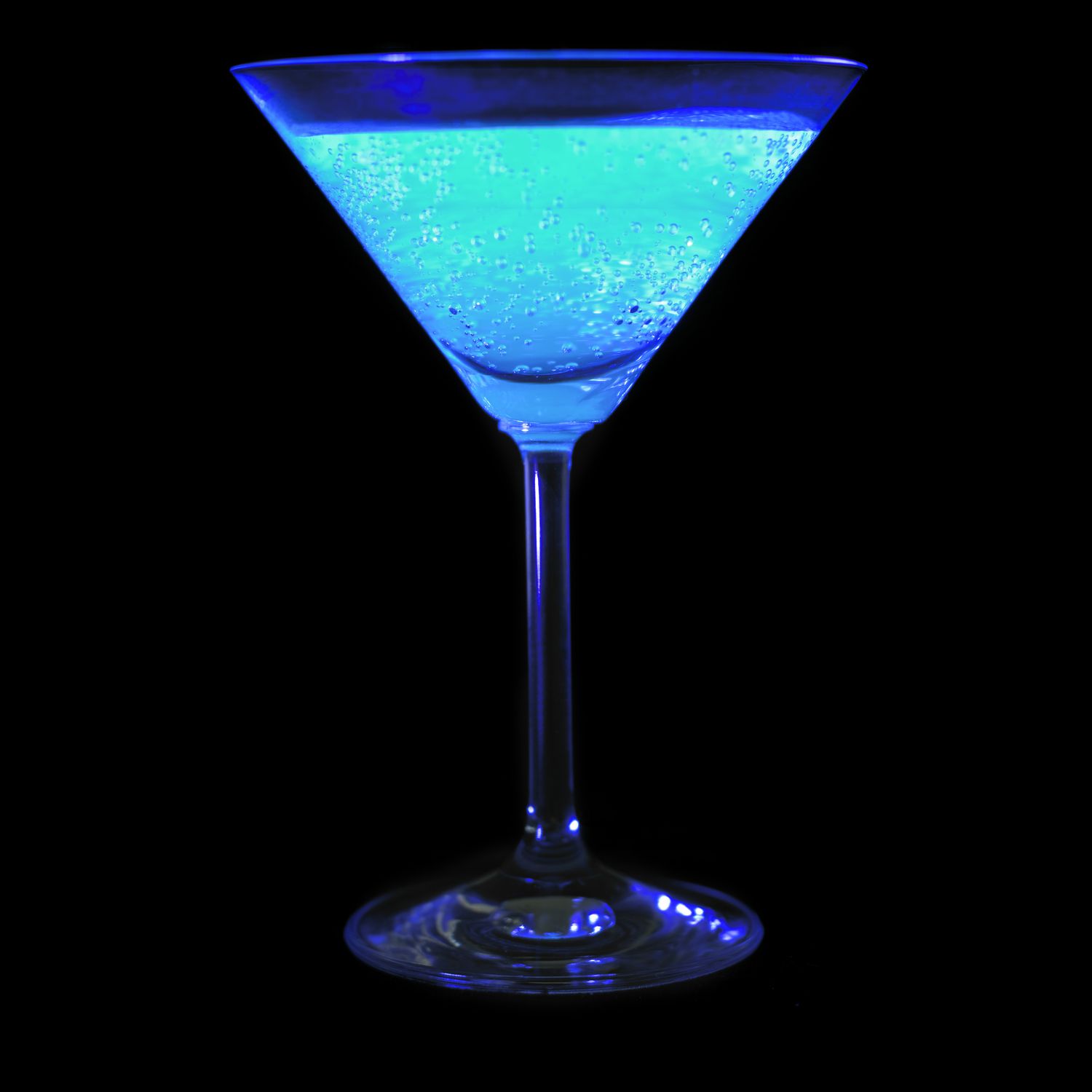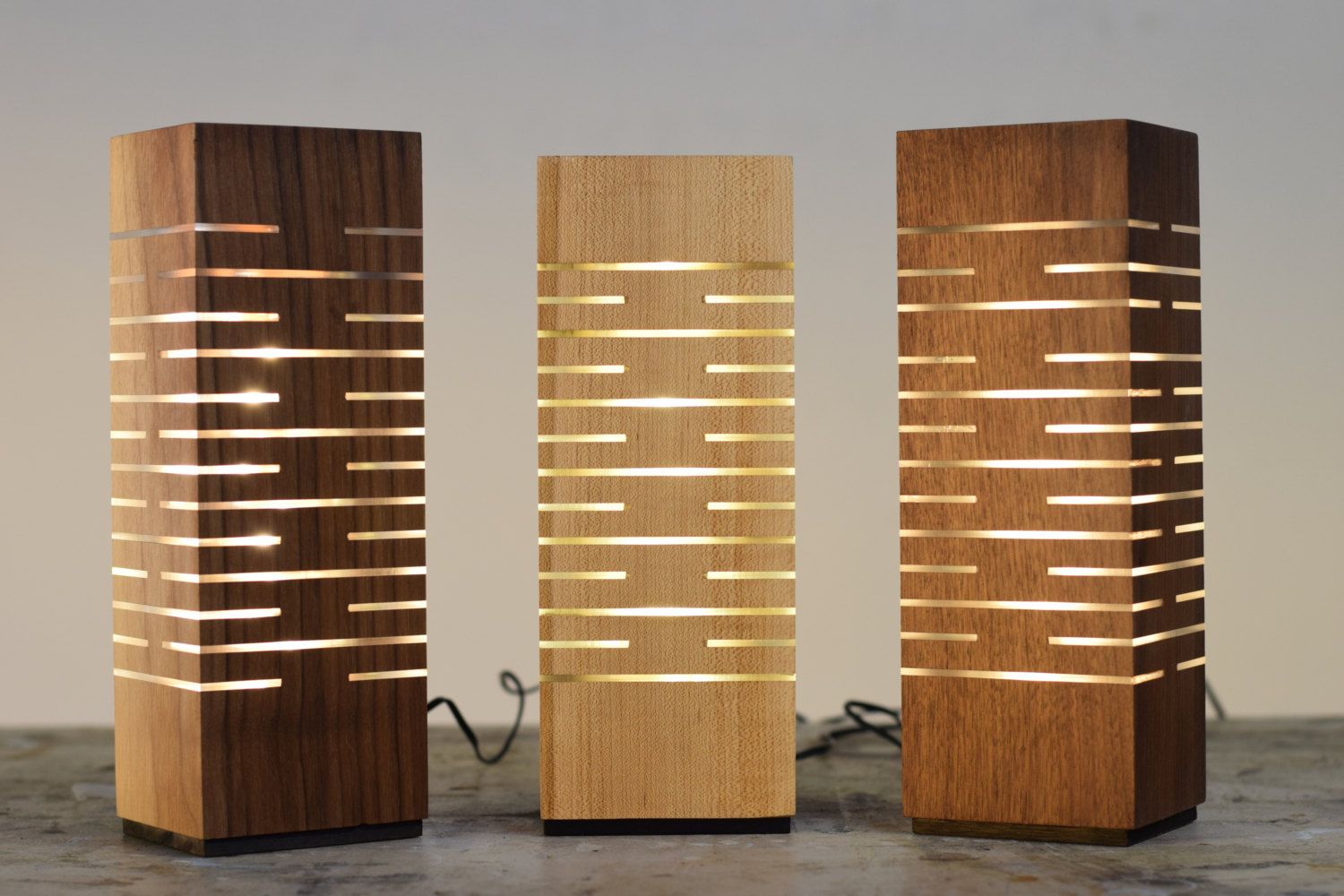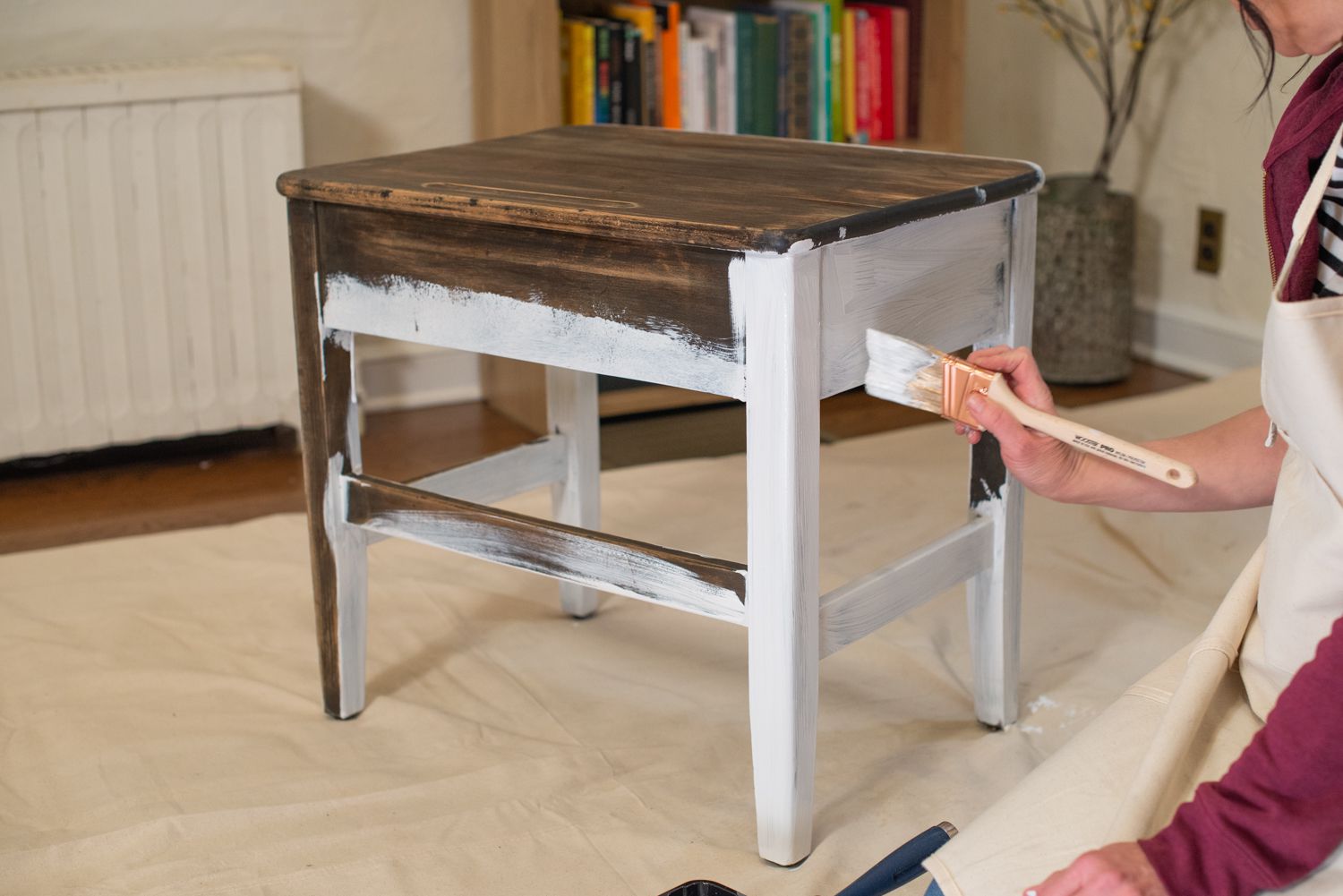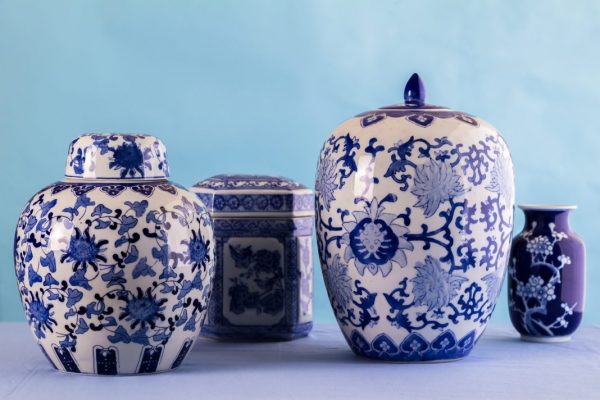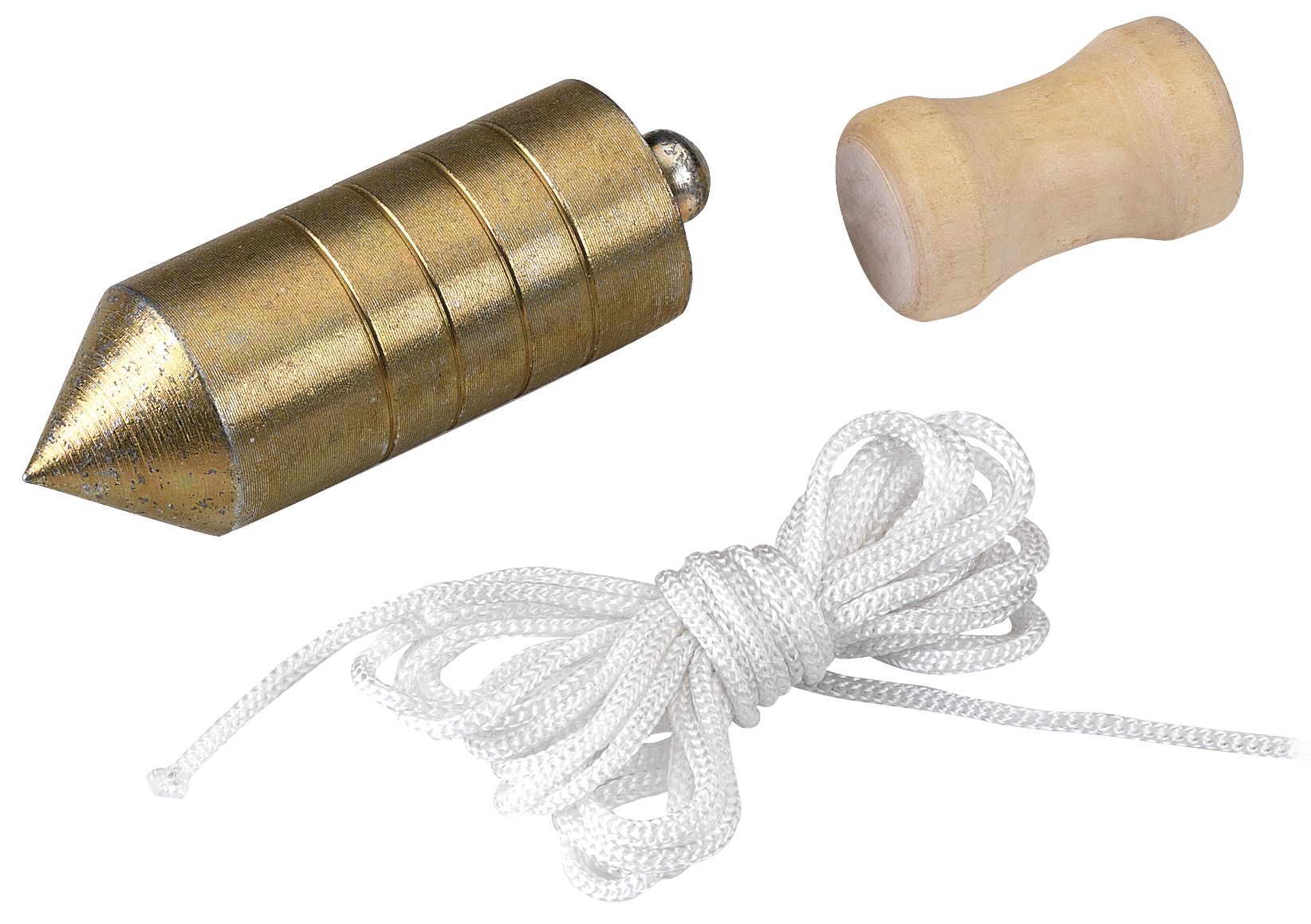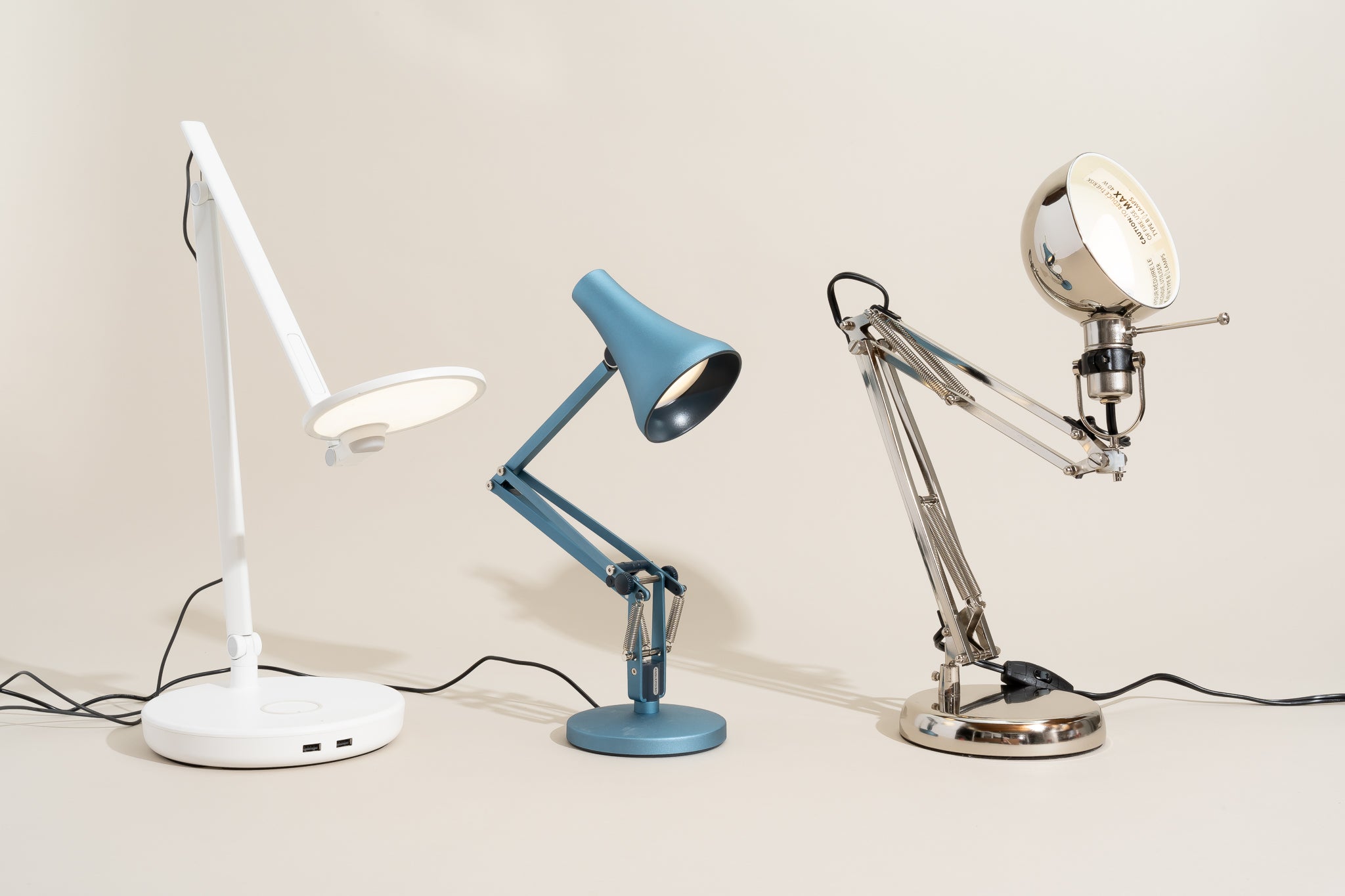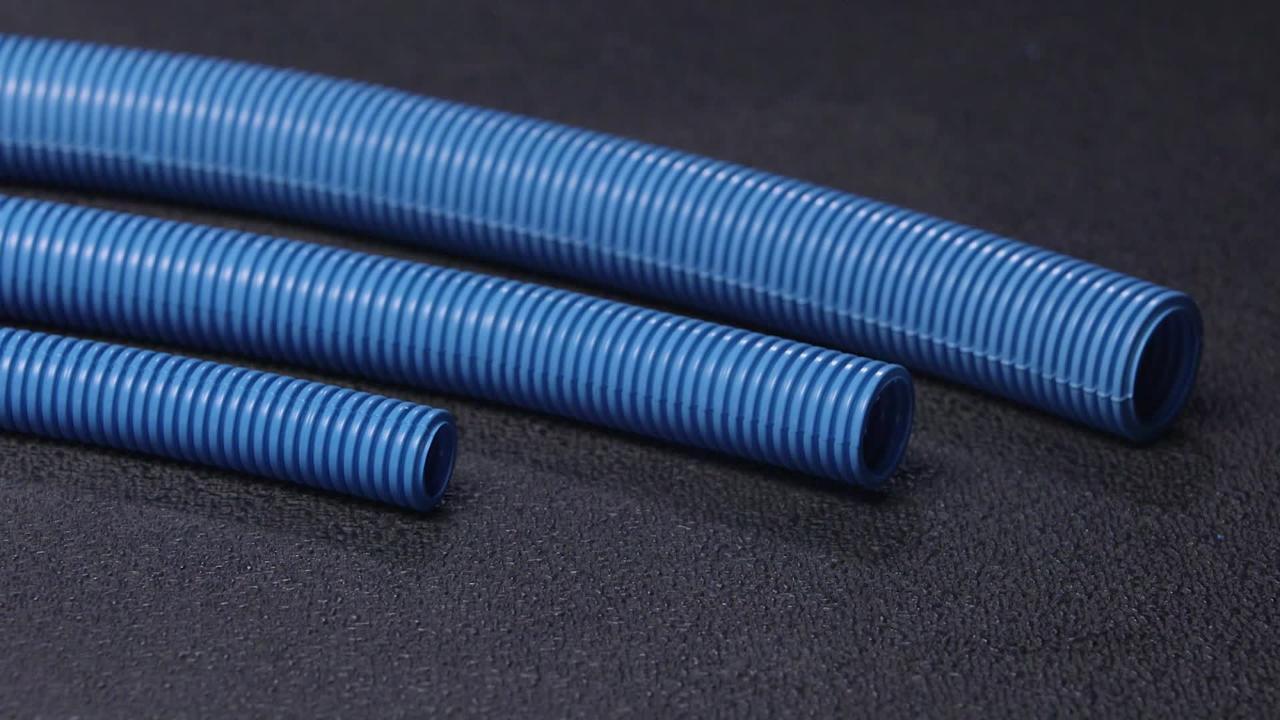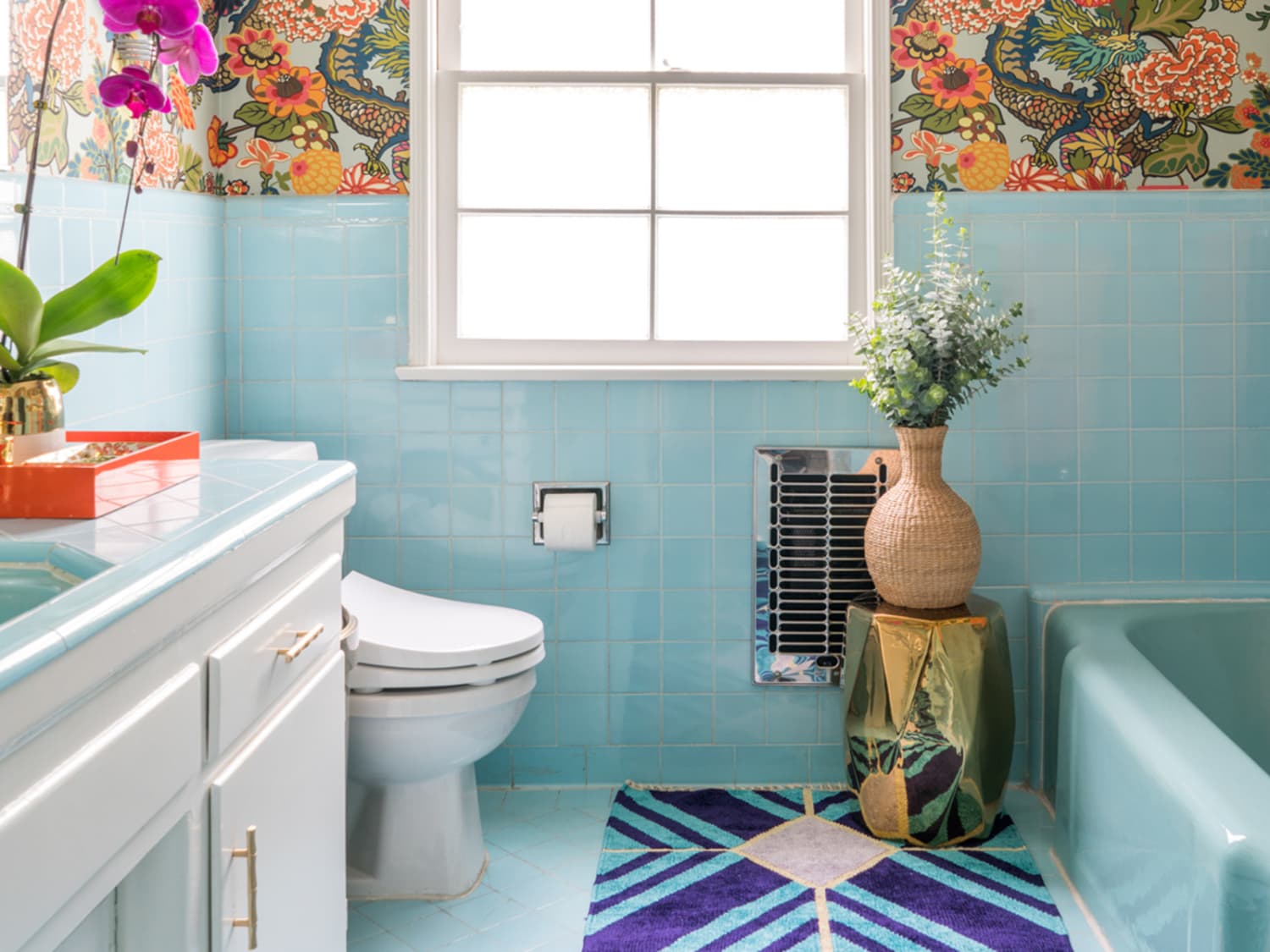Home>Furniture>What Skin Would Appear To Be Blue-White Under A Woods Lamp?
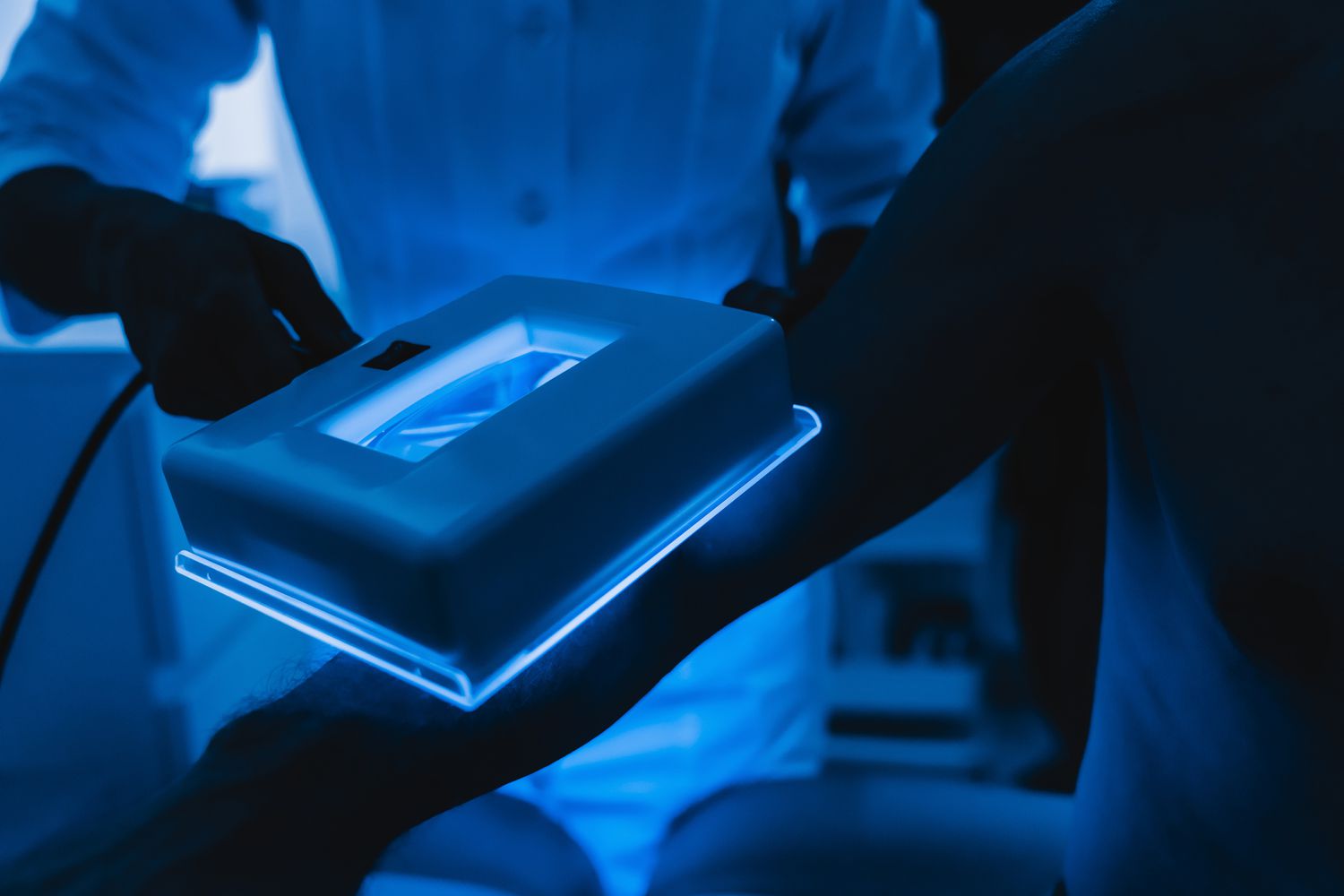

Furniture
What Skin Would Appear To Be Blue-White Under A Woods Lamp?
Modified: November 1, 2024
Discover why certain furniture may appear blue-white under a woods lamp. Learn about the impact of UV light on furniture finishes and materials.
(Many of the links in this article redirect to a specific reviewed product. Your purchase of these products through affiliate links helps to generate commission for Storables.com, at no extra cost. Learn more)
Introduction
Introduction
When examining the skin under a Woods lamp, an unexpected blue-white appearance can be quite startling. This phenomenon can indicate various underlying conditions, some of which may require medical attention. Understanding the reasons behind this peculiar change in skin color is essential for both professionals and individuals concerned about their skin health. In this article, we will delve into the intricacies of the Woods lamp, explore the causes of the blue-white appearance it reveals, and shed light on the medical conditions associated with this intriguing phenomenon. By the end of this journey, you will have a comprehensive understanding of what skin would appear to be blue-white under a Woods lamp and the significance of this observation. Let's embark on this illuminating exploration together.
Explanation of Woods Lamp
Key Takeaways:
- The Woods lamp reveals blue-white skin for conditions like fungal infections and vitiligo, helping doctors diagnose and treat skin issues effectively.
- It also detects fluorescent substances and bacterial infections, guiding accurate diagnoses and enhancing patient care for skin health.
Explanation of Woods Lamp
The Woods lamp, also known as a Wood’s light, is a handheld device that emits ultraviolet (UV) light. It is commonly used in dermatology and aesthetics to examine the skin, hair, and nails. The lamp emits long-wave ultraviolet light, typically with a wavelength of 365 nanometers, causing certain substances to fluoresce. When the Woods lamp is shone on the skin, it can reveal different colors and fluorescence patterns, providing valuable insights into various skin conditions.
Under the Woods lamp, normal, healthy skin typically appears pale blue or light purple. However, certain substances and conditions can cause the skin to exhibit a blue-white fluorescence, indicating the presence of specific substances or abnormalities. Understanding the nuances of the Woods lamp and the significance of the colors it elicits is crucial for accurate skin assessment and diagnosis.
The Woods lamp examination is a non-invasive and swift procedure, making it a valuable tool for identifying various dermatological conditions. Its ability to highlight pigmentary changes, infections, and other skin irregularities makes it an indispensable asset in the realm of dermatology and skincare.
Causes of Blue-White Appearance
Causes of Blue-White Appearance
When the skin appears blue-white under a Woods lamp, it can be indicative of several underlying causes. One common reason for this phenomenon is the presence of certain fungal infections, such as tinea versicolor. This condition, caused by the yeast Malassezia furfur, can lead to patches of skin that fluoresce under UV light, appearing yellowish-green or blue-white. The distinct fluorescence of these affected areas under the Woods lamp aids in the diagnosis of tinea versicolor, facilitating targeted treatment and management.
Another factor that can contribute to a blue-white appearance under the Woods lamp is the presence of hypopigmentation. Conditions like vitiligo, a skin disorder characterized by the loss of melanin-producing cells, can cause depigmented patches to fluoresce prominently under UV light. The contrast between the unaffected skin and the depigmented areas is accentuated, aiding in the visualization and assessment of vitiligo-affected skin.
Furthermore, certain medications and cosmetic products containing fluorescent substances can cause the skin to exhibit a blue-white fluorescence under the Woods lamp. These substances may be incorporated into topical preparations, tattoos, or even accidental skin exposure to various chemicals. The ability of the Woods lamp to detect the presence of such substances on the skin is valuable in identifying potential allergic reactions, adverse effects, or the need for further investigation into chemical exposure.
Additionally, the presence of certain bacteria and metals on the skin can contribute to the blue-white appearance under the Woods lamp. Bacterial infections, such as Pseudomonas aeruginosa, can produce fluorescent pigments that become visible under UV light. Similarly, metals like zinc and tin can exhibit fluorescence, potentially influencing the skin’s appearance under the Woods lamp.
Understanding the diverse range of factors that can lead to a blue-white appearance under a Woods lamp is essential for accurate interpretation and diagnosis. By recognizing these potential causes, healthcare professionals can effectively utilize the Woods lamp as a diagnostic tool, leading to precise identification and management of various skin conditions.
Medical Conditions Associated with Blue-White Skin Under a Woods Lamp
Certain skin conditions, like vitiligo or tinea versicolor, can appear blue-white under a Woods lamp. If you notice this, it’s best to see a dermatologist for a proper diagnosis and treatment.
Medical Conditions Associated with Blue-White Skin Under a Woods Lamp
The blue-white fluorescence observed under a Woods lamp can be associated with several medical conditions, shedding light on various dermatological and systemic concerns. One notable condition linked to this phenomenon is vitiligo, a chronic skin disorder characterized by the loss of skin color in patches. When examined under a Woods lamp, the depigmented areas affected by vitiligo prominently fluoresce, creating a striking contrast with the surrounding healthy skin. This fluorescence aids in the assessment and monitoring of vitiligo-affected skin, guiding treatment decisions and providing valuable insights into disease progression.
Fungal infections, particularly tinea versicolor, are also closely linked to the blue-white appearance under a Woods lamp. Tinea versicolor, caused by the overgrowth of yeast on the skin, leads to the development of discolored patches that fluoresce under UV light. The distinct fluorescence of these affected areas facilitates the accurate diagnosis of tinea versicolor, enabling targeted antifungal therapy to address the infection effectively.
Furthermore, certain bacterial infections, such as those caused by Pseudomonas aeruginosa, can manifest as blue-white fluorescence under the Woods lamp. This bacterium produces fluorescent pigments, leading to a distinct appearance under UV light. Detecting such fluorescence aids in the identification of bacterial infections and guides appropriate treatment strategies, contributing to the effective management of these dermatological concerns.
In addition to specific skin conditions, the blue-white fluorescence under a Woods lamp can also reveal the presence of fluorescent substances from medications, cosmetic products, or accidental chemical exposure. This observation is crucial in identifying potential allergic reactions, adverse effects, or the need for further investigation into chemical exposure, ensuring comprehensive skin assessment and patient care.
Understanding the correlation between the blue-white appearance under a Woods lamp and various medical conditions empowers healthcare professionals to make accurate diagnoses and implement targeted treatment plans. By leveraging the insights provided by the Woods lamp, clinicians can navigate the complexities of dermatological conditions with precision, ultimately enhancing patient outcomes and well-being.
Conclusion
Conclusion
The enigmatic blue-white appearance of the skin under a Woods lamp unveils a captivating world of dermatological insights and diagnostic significance. From the fluorescence of fungal infections and depigmented patches to the revelation of fluorescent substances and bacterial infections, the Woods lamp serves as a valuable ally in the realm of dermatology and skin assessment. Its ability to illuminate hidden details and facilitate accurate diagnoses empowers healthcare professionals to navigate a diverse array of medical conditions with precision and expertise.
By understanding the diverse causes behind the blue-white fluorescence under a Woods lamp, including fungal infections, hypopigmentation, bacterial presence, and fluorescent substances, clinicians can harness this diagnostic tool to its full potential. The distinctive fluorescence patterns provide crucial clues for identifying conditions such as tinea versicolor, vitiligo, and bacterial infections, guiding targeted treatment strategies and enhancing patient care.
Furthermore, the Woods lamp’s capacity to reveal the presence of fluorescent substances from medications, cosmetics, and chemical exposure underscores its role in comprehensive skin assessment and allergic reaction identification. This capability equips healthcare professionals with the means to address adverse effects and potential sensitivities, ensuring holistic patient care and well-being.
As we conclude this illuminating exploration, it becomes evident that the Woods lamp transcends its role as a mere diagnostic tool, emerging as a beacon of clarity in the realm of dermatology. Its ability to unveil the unseen, illuminate the overlooked, and guide precise interventions underscores its indispensable nature in the pursuit of skin health and well-being. By embracing the insights offered by the Woods lamp, healthcare professionals can navigate the complexities of skin assessment with confidence, ultimately fostering positive outcomes and empowering individuals to embrace skin health with informed awareness and understanding.
Frequently Asked Questions about What Skin Would Appear To Be Blue-White Under A Woods Lamp?
Was this page helpful?
At Storables.com, we guarantee accurate and reliable information. Our content, validated by Expert Board Contributors, is crafted following stringent Editorial Policies. We're committed to providing you with well-researched, expert-backed insights for all your informational needs.
